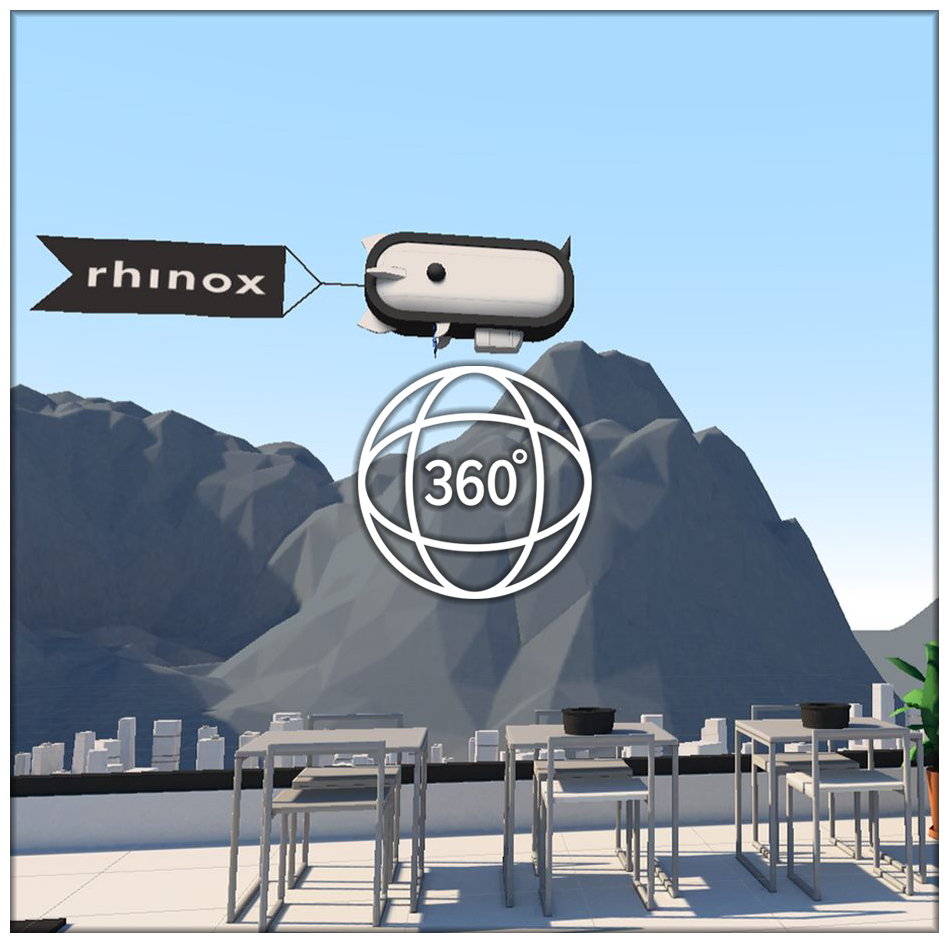360 media vs Virtual Reality - What’s the difference and which one is right for you?

Although the terms 360 media and Virtual Reality are used interchangeably, there are quite some differences in the experiences that these two technologies can deliver. Since both have their merits, we want to clear out any confusion so that you can choose the right technology for your use case.
Passive vs interactive
When experiencing 360 media, the viewer can look around in a spherical environment by tilting his head from left to right or top to bottom. In case of 360 videos, viewers can also experience moving images that can be controlled by typical video player controls.
However, in Virtual Reality experiences, users have complete control over their environment. Not only can they look around by tilting and moving their head, users are also able to move around (virtually) and interact with the environment.
In more technical terms, this is what we call the difference between 3DOF (three degrees of freedom) and 6DOF (six degrees of freedom). With 3DOF applications, viewers can only look around, whereas users have the possibility to move about in 6DOF applications.
You can compare it like this — with 360 videos, you’re in the passenger seat of a car. You can look around from your seat and enjoy the view. But you can’t control the car, the driver does. With VR, you are in the driver’s seat and have control over where you want to go.
Take our own example, you can look at this rooftop scene from all possible camera angles using only your smartphone, but to move around in it and interact with the objects, you'd have to wear a VR headset.

Capturing existing experiences vs creating new experiences
360 media experiences are most often reflections of the real world; the method of capturing content is very similar to recording real-life videos. This also means that the content is limited to what we can physically recreate: if you want to capture footage of diving with sharks… someone will have to actually go diving with sharks!
Virtual Reality isn't as shackled to reality and instead relies on computer software to generate a digital environment that mimics the look and feel of the environment you want to recreate. At Rhinox, we use game engine technology to recreate this world. This means we can create completely new interactive experiences as long as we can imagine them.
Depth of field
There is one significant caveat with current 360 media. Similar to looking at regular digital pictures or videos, viewers are missing a sense of depth in their 360 media experiences. In more technical terms, there is no depth of field.
Virtual reality experiences, on the other hand, can recreate depth of field by using game engine technology, resulting into more convincing and immersive experiences.
Which one is right for you?
Depending on your use case, both technologies have their pros and cons. Ranging from the cost of creating such projects to the possible target audience that will be able to experience them. If you have any questions at all about which technology is best for your use case, don’t hesitate to contact us. We will gladly help you!
This article is the first in a series of blog posts that will mostly revolve around virtual reality and its many use cases. The goal is to give our readers new insights and we hope they might inspire you with ideas on how to best use this technology to your advantage. If you don’t want to miss a single one, be sure to subscribe to our newsletter.
We will also dig deeper into certain topics in our webinars. If you've missed the first one where we talked about the origins & future of VR, you can check it here (video is in Dutch).